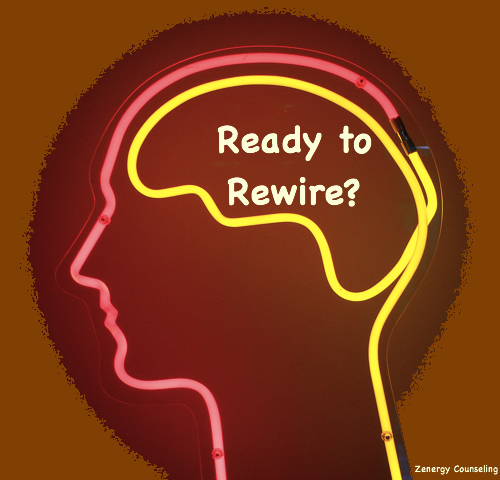Initially, I was a skeptic. I am not really about joining something unless I actually see some value in it. So when my supervisor came to me and “suggested” Eye Movement Desensitization and Reprocessing (EMDR) training, her push for it really made me uncomfortable. I went in and needless to say, questioned everything- and truth be told, it did not make sense to me but I knew that there was a lot of research that proved that it was an effective method. Slowly, it started making sense and I took a leap of faith. Looking back now, I know that it was my inexperience that made me nervous, not the method or modality. I started noticing changes in my clients and would recommend this treatment highly.
I feel that EMDR is a style of therapy that needs to be experienced. It is hard to describe in words all the intricacies of the treatment so my goal for this blog is to present a basic understanding of what EMDR is and how it can be helpful.
EMDR requires the client to continue connecting to his/her body sensations along with allowing the mind to revisit the negative experience. Many times we process the cognitive portion of the experience but we overlook the trauma that is stored in our bodies. EMDR is an eight-phase process that connects the body and mind to minimize the overall impact of trauma.
- History taking and treatment planning
This is where the therapist and client are building trust and gathering necessary details to create a treatment plan. This also includes assessing for appropriateness of using EMDR as a treatment modality for clients.
- Preparation
Understanding how the brain works, understanding how trauma impacts the brain and us, coping skills are some basic tools discussed during this phase. I feel that this is a very important stage for any style of therapy because these are the tools that can be beneficial for the client at any stage of his/her life.
- Assessment
Assessment includes identifying the specifics of the target issue. This generally takes a few minutes and flows right into the next phase.
- Desensitization
Something that sets EMDR apart is the use of bi-lateral stimulation. While you are focusing on the thoughts and feelings you are experiencing from revisiting the trauma, there is a continuous reminder using either rapid eye movements or tapping as a way to remain grounded. This is different than flashback as you have something in place to remind you that you are not stuck in the past.
- Installation
After decreasing the impact of the negative beliefs, the trauma creates, Installation focuses on strengthening the positive cognition you hold about yourself and/or situation. This also includes Bi-lateral Stimulation.
- Body Scan
We all tend to run from negative feelings and find ways to numb ourselves while experiencing/re-experiencing trauma. Allowing a moment to scan our bodies allow us to ground ourselves and notice any physical manifestations that may have surfaced. Based on your answer, repeat step 4 or 5 as required.
- Closure
If time did not permit you to complete all of the previous phases, it is extremely important to contain the memory. Closure happens every session and does not necessarily mean the ending of processing that memory. Closure can also be ending of the session for the time.
- Re-evaluation
Once we start the Desensitizing process, it is important to begin the session with Re-evaluation. This allows the client to discuss any memories or experience that they had regarding the process and pick up from where the current disturbance may be.
Over the years, many protocols were created to help clients process trauma (past or recent), grief, depression, anxiety, to name a few. This style continues to evolve as the need arises. From the work with my clients, I have seen the difference it has made in my clients. I personally like to take my time in the early stages to ensure that the client feels comfortable and ready to process memories that may be suppressed. If you feel that you can benefit from EMDR, I would encourage you to talk to your therapist and if you are currently not working with anyone, I am happy to answer any questions you may have.

